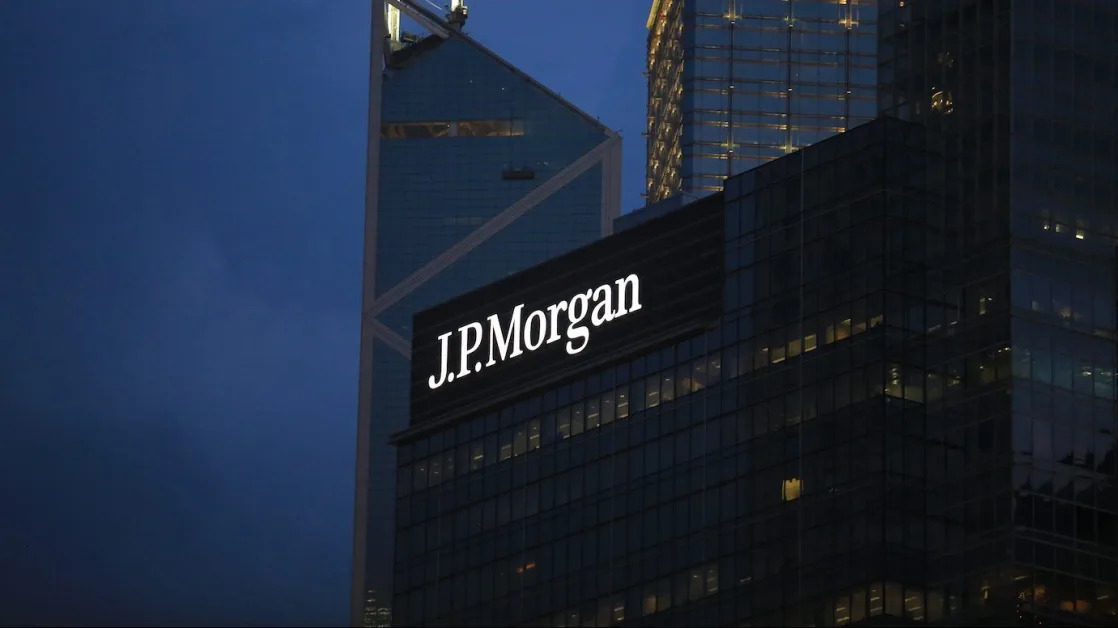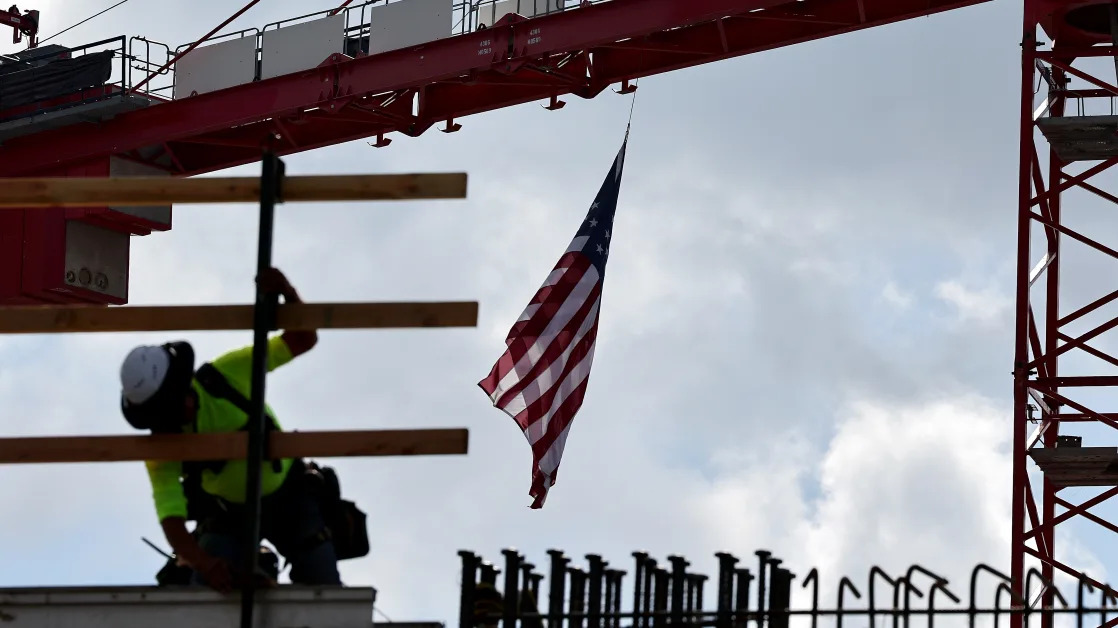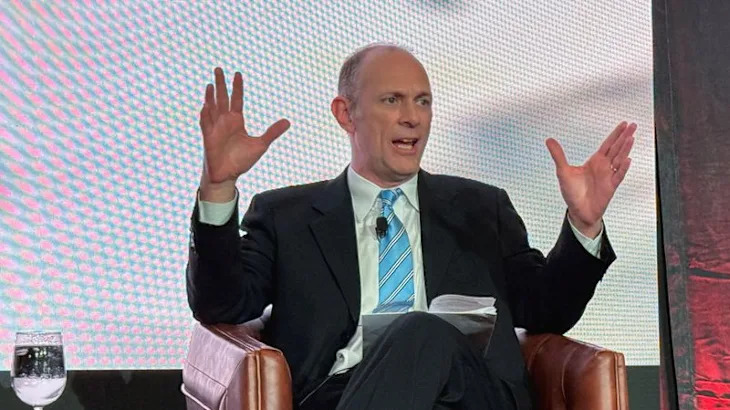This story was originally published on CFO Dive . To receive daily news and insights, subscribe to our free daily CFO Dive newsletter .
Dive Brief:
Dive Insight:
T he Fed paused monetary easing last month after trimming the federal funds rate by a full percentage point from September through December. Policymakers noted that inflation, although slowing from a four-decade high, has yet to return to their 2% target.
Powell on Tuesday acknowledged the persistence of inflation, saying it “remains somewhat elevated.”
Cleveland Fed President Beth Hammack in a speech Tuesday aligned with Powell’s view that policymakers cannot declare victory in the inflation fight.
“We have made good progress, but 2% inflation is not in sight just yet,” Hammack said. “As long as the labor market remains healthy, I am looking for broad-based evidence that inflation is sustainably returning to 2% before adjusting policy further.”
Efforts by policymakers to curb inflation to their goal have stalled for several months. The core personal consumption expenditures price index — the Fed’s preferred inflation gauge — rose 2.8% last year, according to the Bureau of Economic Analysis .
Powell reiterated on Tuesday that uncertainty about the details and impact of Trump administration policies has prompted the central bank to hold off on further rate cuts. He highlighted the prospect of shifts in tariffs, immigration, regulation and fiscal policy.
Any new U.S. approach to those issues “will all go into a mix, and we'll try to make sense of it and do what's right for monetary policy,” Powell said.
Hammack also said the Fed should wait to see the impact from policy shifts under Trump.
“Taking the case of tariffs as one example, it is appropriate for policy to be patient in assessing their ultimate effects,” Hammack said.
Trump signed executive orders on Monday setting 25% tariffs on all
steel
and
aluminum
imports into the U.S.
He has also said he intends this week to impose reciprocal tariffs on U.S. trade partners.
The president last week
suspended until March 4
25% tariffs on imports from Mexico and Canada after discussions with his counterparts in the two countries. That same day, Beijing imposed retaliatory tariffs on U.S. imports in response to 10% duties on imports from China announced by Trump.
Monetary policy is “well positioned” to deal with
the risks ahead
, Powell said.
“ If the economy remains strong and inflation does not continue to move sustainably toward 2%, we can maintain policy restraint for longer,” Powell said. “If the labor market were to weaken unexpectedly or inflation were to fall more quickly than anticipated, we can ease policy accordingly,” he said.





